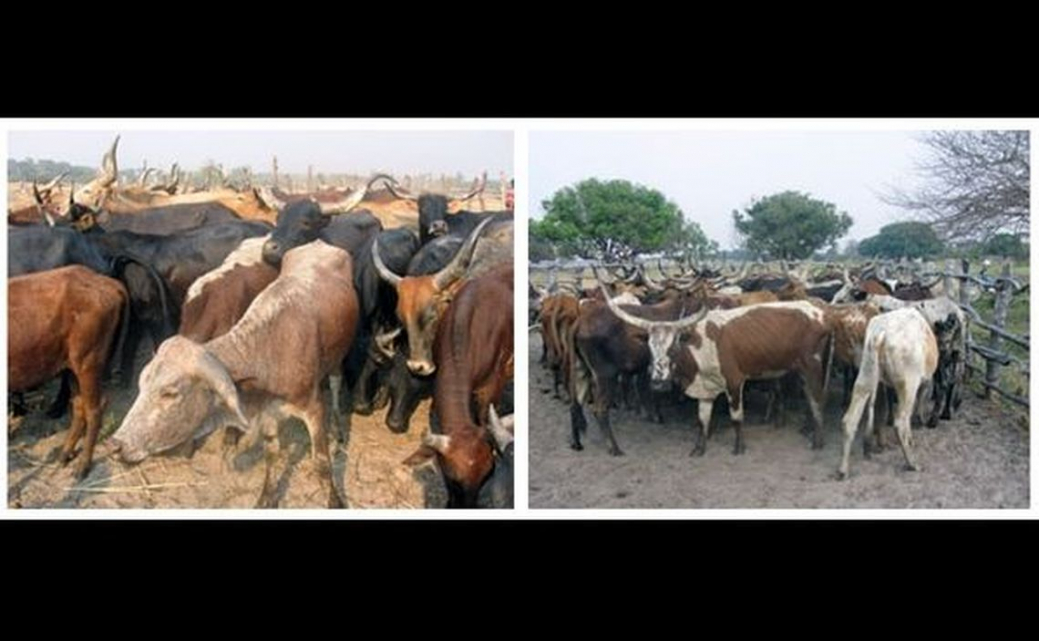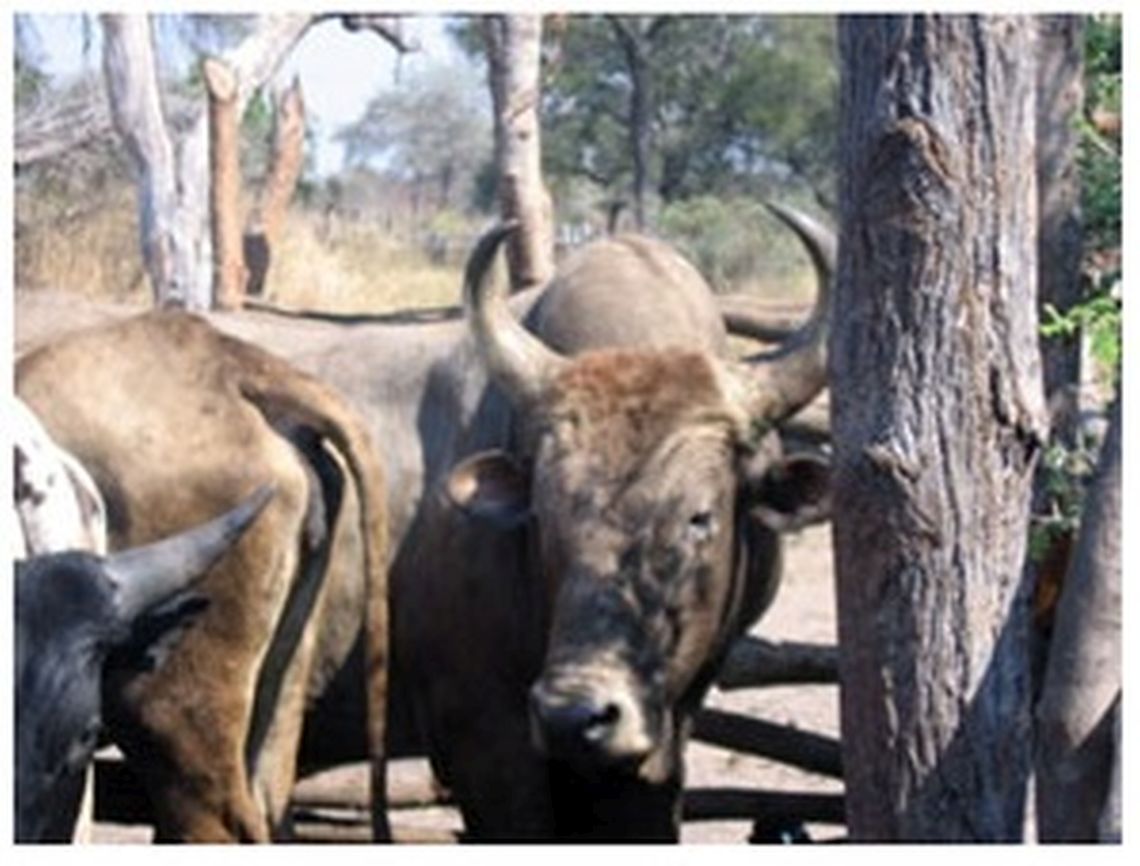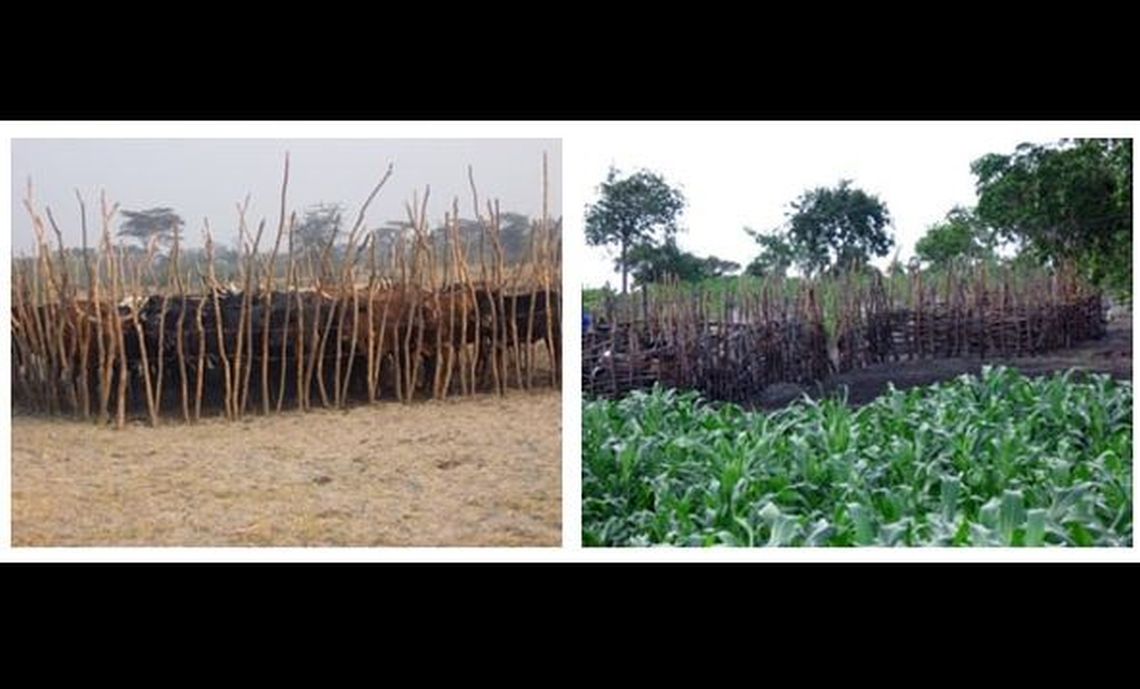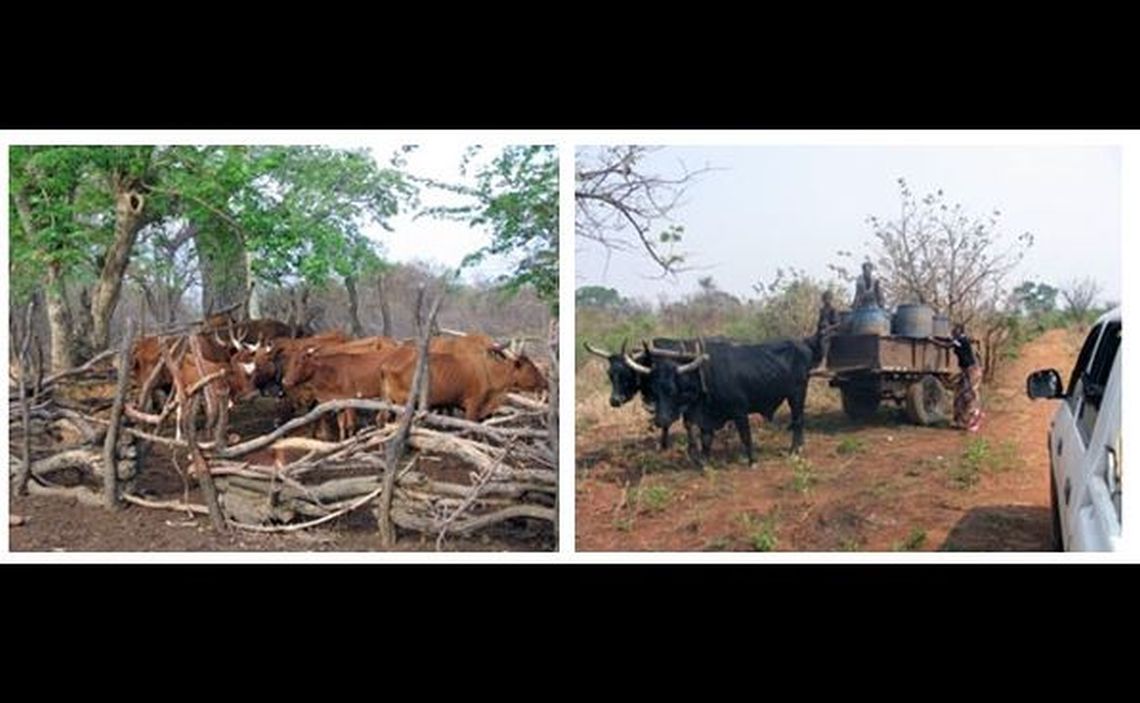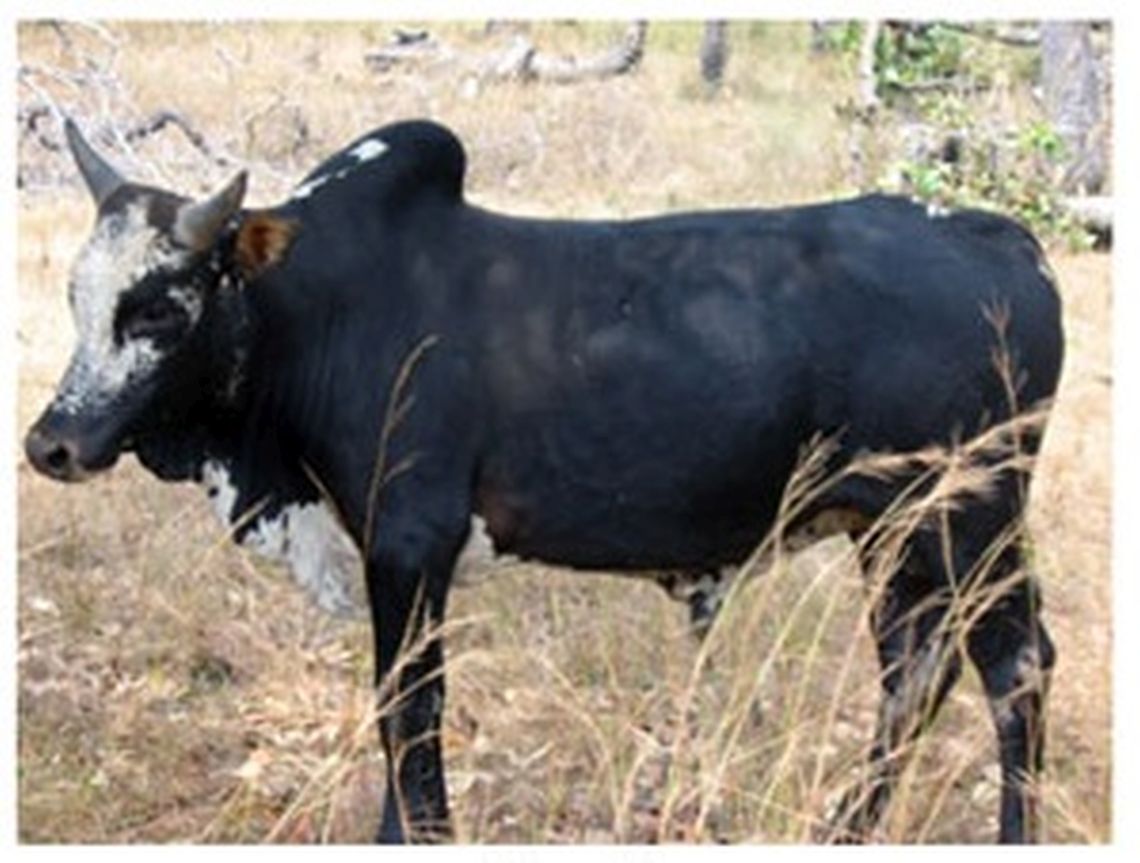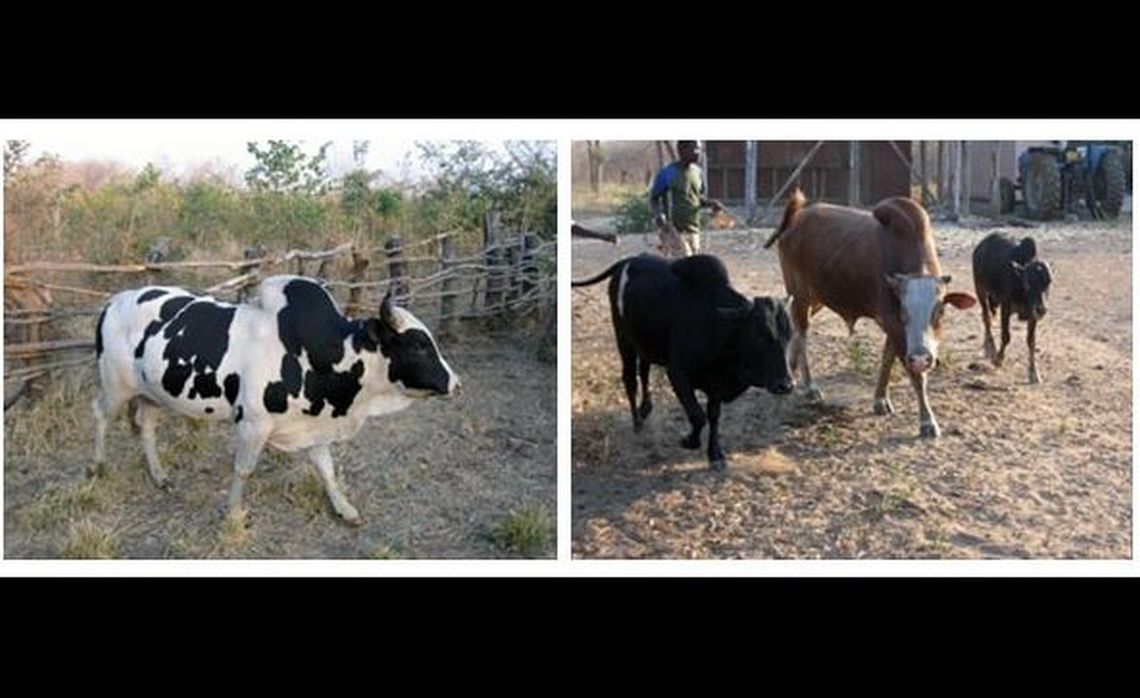Farmers in rural areas believe that they will make more money through livestock rearing by simply shifting from low-producing indigenous breeds to exotic ones. This however, has not worked very well for most small scale farmers as most exotic breeds fail to thrive in their new environments. Thus, for small scale farmers, keeping of indigenous livestock may be advantageous over the exotic ones in that they are adapted to local conditions and will give some level of production even under adverse conditions such as limited supply of feed and water, prevalence of pests and parasites and disease outbreaks. Keeping of indigenous breeds also assists in maintaining local biodiversity and conservation of indigenous farm animal genetic resources.
To improve productivity of indigenous breeds, farmers have been crossing them with exotic breeds from the western world. This has had mixed results as it has either resulted in replacement of local breeds by exotic ones or the upgrading efforts did not work due to farmers’ inability to meet management requirements for crossbred offspring and/or their exotic parents. Additionally, in most cases, crossbreeding between exotic and indigenous breeds has been rather random because there have never been any attempts to try and improve the productivity of local breeds through for example, selective breeding. Thus, the low productivity and continued loss of local breed biodiversity calls for genetic improvement and conservation of indigenous farm animal genetic resources. In response to this call, the International Atomic Energy Agency (IAEA) has been supporting a research project aimed at improving production of meat and milk in Palabana and Njolwe dairy tenant schemes through increased utilization of locally available resources including indigenous livestock breeds and locally adapted feed crops.
